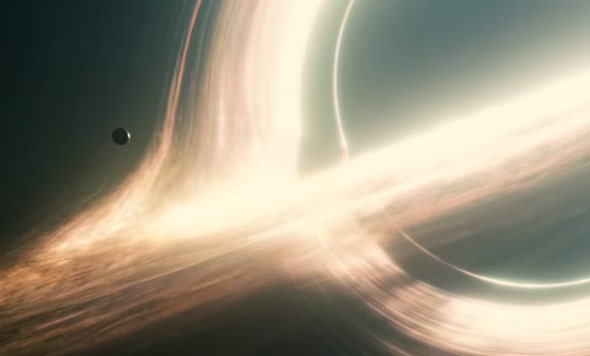In Christopher Nolan's movie Interstellar, Miller's Planet is in orbit around a supermassive black hole affectionately (??) called Gargantua.
Miller's Planet orbiting Gargantua:

It is orbiting "at the cusp" of the black hole, in an orbit I presume to be very close to the "critical orbit" (which is the closest stable orbit to the black hole - inside this radius not even light can orbit stably). Kip Thorne specially designed Gargantua with a high spin so that Miller's Planet's orbit would be "stable".
But how stable exactly?
How much time would pass on the surface of the planet (don't forget relativistic time dilation) before Miller's Planet slipped inside this "critical orbit" and began is spiral into Gargantua?
